Objectives
The Professional School of Behavioral Health Sciences teaches breathing behavior analysis, an educational practice that provides for a comprehensive, detailed, and practical mapping of breathing behavior, habits, and patterns that compromise or optimize health and performance, including respiration and its associated acid-base physiology. It includes learning relevant physiology, behavioral science, and technology (e.g., capnography). The analysis is based on physiological learning (programming) principles that provide for identifying breathing behaviors and habits, helping clients disengage and manage dysfunctional breathing habits, and guiding clients in learning new habits aligned with optimizing physiology, psychology, and performance. It includes identifying habit components, such as:
Breathing habit analysis makes possible discovery of these kinds of behavioral specifics and offers reprogramming (learning) solutions for disengaging, editing, replacing, and learning breathing habits, e.g., alignment of breathing mechanics with respiratory chemistry requirements.


